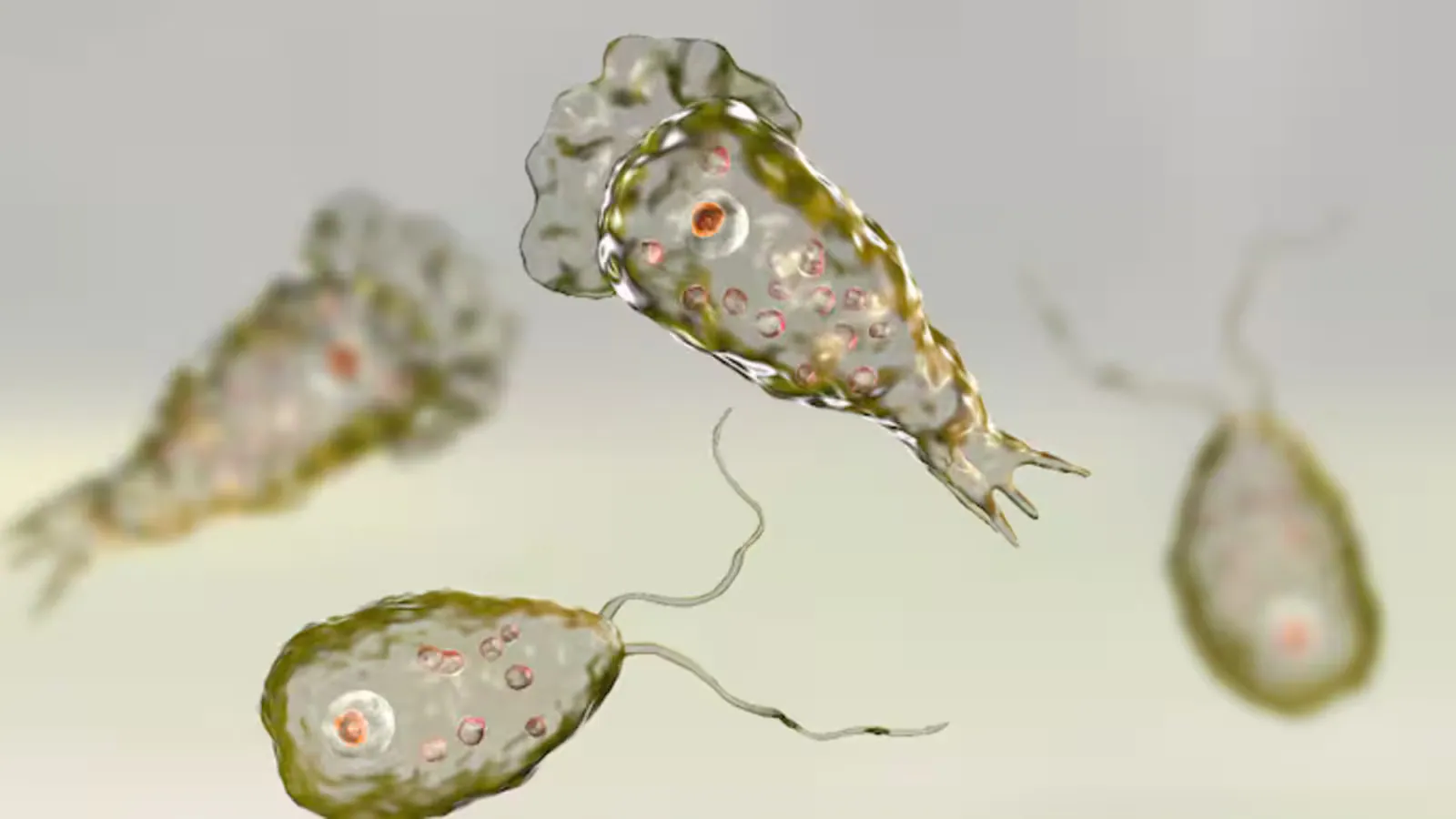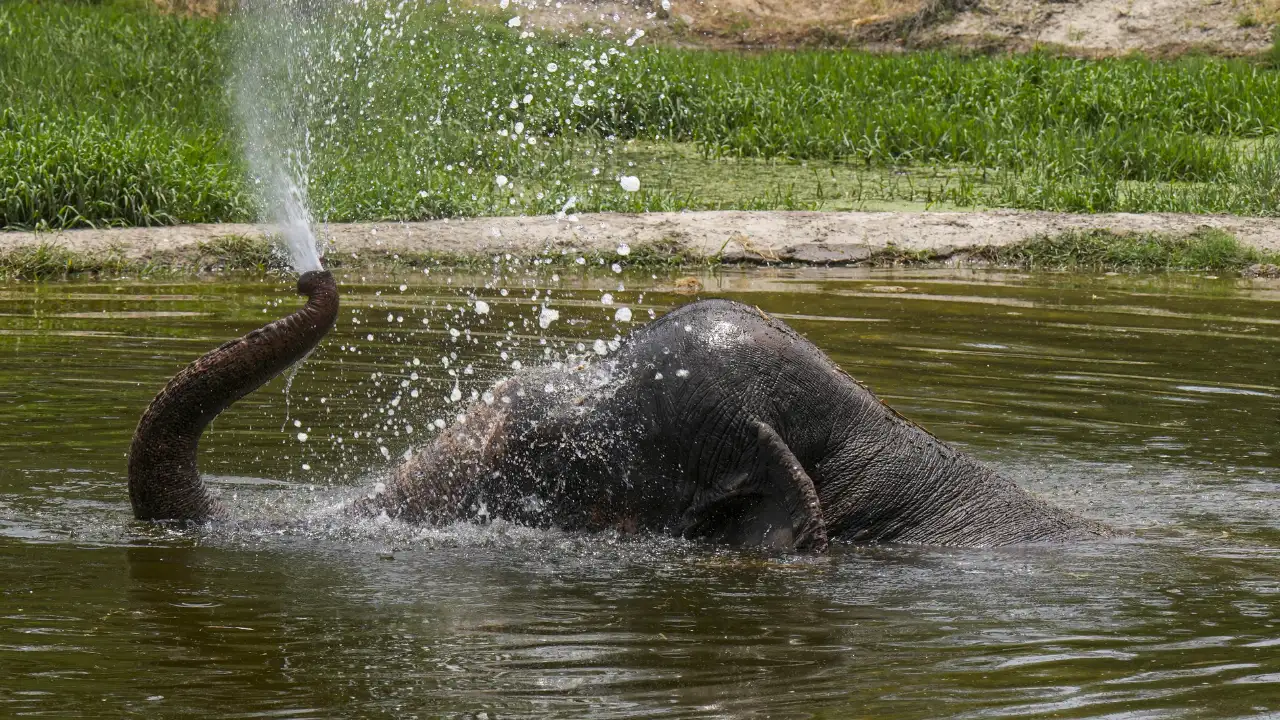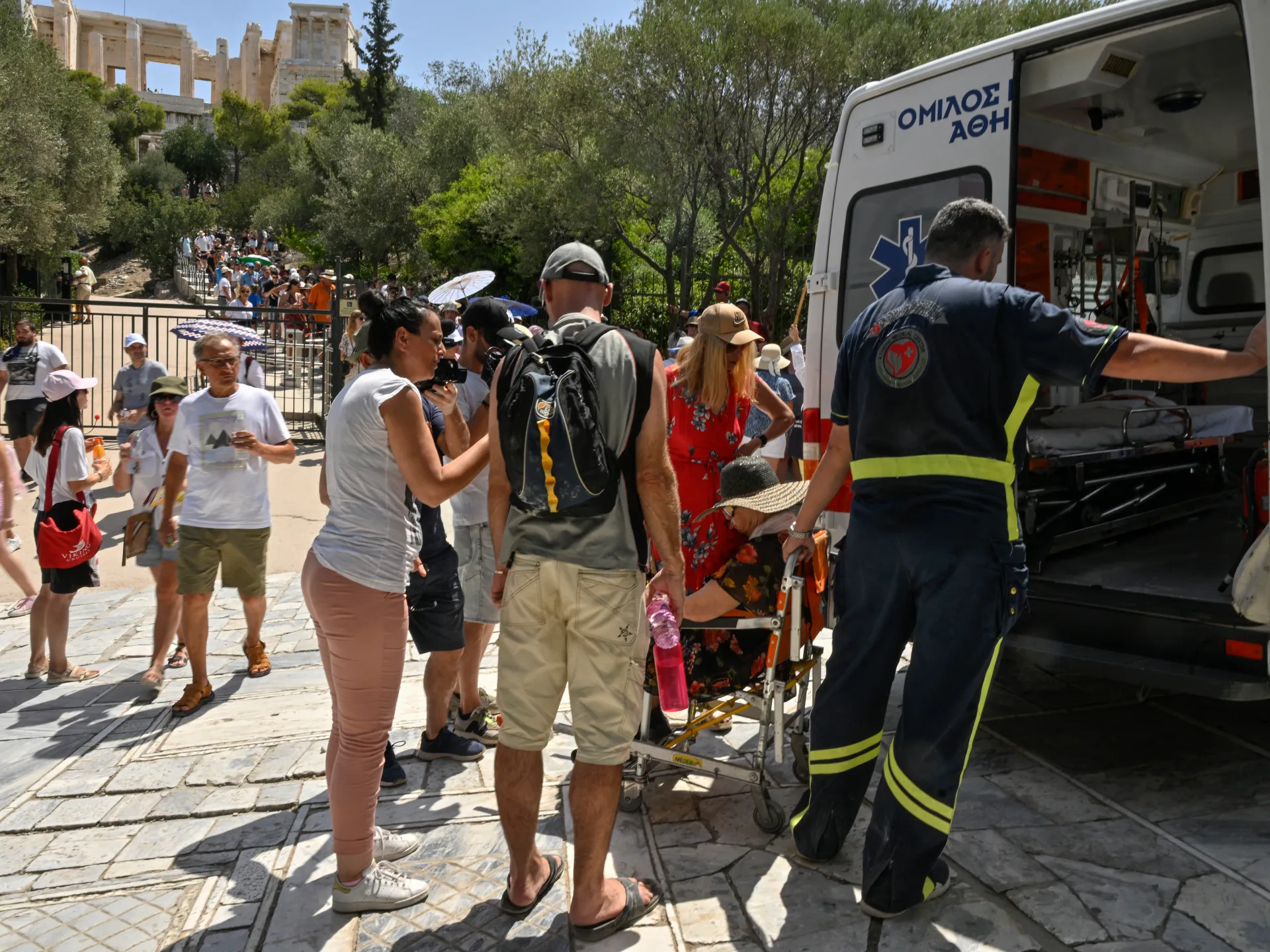Brain-Eating Amoeba Kill 95% Globally, Kerala Has Kept Death Rate Below 30%: Top Health Official
By Himani Chandna,News18,Pragati Ratti
Copyright news18

Kerala has managed to keep the death rate of brain-eating amoeba at around 30 per cent, which is far lower than the 95 per cent fatality reported globally, top health officials of the state told News18. Crediting the state’s strong surveillance and early detection system, Dr Harikumar S, Assistant Director (Public Health), Directorate of Health Services (DHS), Kerala, told News18 that the state reported 71 cases and 19 deaths this year, compared to 39 cases and 9 deaths last year. “This shows a mortality rate of around 30 per cent in Kerala. But globally, the mortality rate from the disease is over 95 per cent,” he pointed out.
Kerala is witnessing a worrying surge in amoeba-related infections, he stressed that the disease is not restricted to Kerala alone. “It is the surveillance mechanism in Kerala that allows us to spot cases early, with clinicians following ready guidelines,” he said.
He explained that currently, two forms of amoeba-related encephalitis have been identified. “One is Primary Amoebic Meningoencephalitis (PAM), an aggressive form with a mortality rate of over 95 per cent. Out of 71 cases this year, five were diagnosed with PAM,” he said.
The rest were found to have the chronic variant, Granulomatous Amoebic Encephalitis (GAE). “Chronic cases can often be saved. However, those with weak immune systems or who are immunocompromised due to medical history could not be saved,” he explained. All cases, he added, were microscopically confirmed.
Not Confined to Kerala
Clarifying that the disease is not restricted to Kerala, he said, “Over the years, many reputed hospitals across India, including PGI Chandigarh (recently), have also spotted the disease. In most states, however, cases often go undiagnosed because confirmation requires microscopic testing of cerebrospinal fluid, which is not routinely done.
Out of 71 patients who tested positive this year, three patients had travelled from Tamil Nadu and one from Karnataka.
How is Death Rate in Kerala Low?
In Kerala, a clear clinical protocol is in place. “If a patient comes with fever and meningitis-like symptoms, and all viral panel tests are negative, we conduct a cerebrospinal fluid test. If organisms are present, microscopy helps confirm the diagnosis. This saves patients before much damage occurs,” he said.
Globally, survival chances remain very low as the disease progresses rapidly. “In most cases across India, no one gets to know the real reason behind fever or meningoencephalitis,” he added.
“We are also creating awareness about chlorinating fresh water bodies and storage tanks. State and public awareness drives as a prevention measure.”
Could Be A Climate Change Link?
The bigger concern, Harikumar warned, is the steady rise in cases. “From 39 cases last year to 71 this year — this surge could be linked to climate change, rising pollution, and other factors,” he said.
“Amoeba feed on dirt and fungi in unclean environments and survive in warm water. With global warming, these conditions are becoming more common, making the organism more visible,” he noted.



